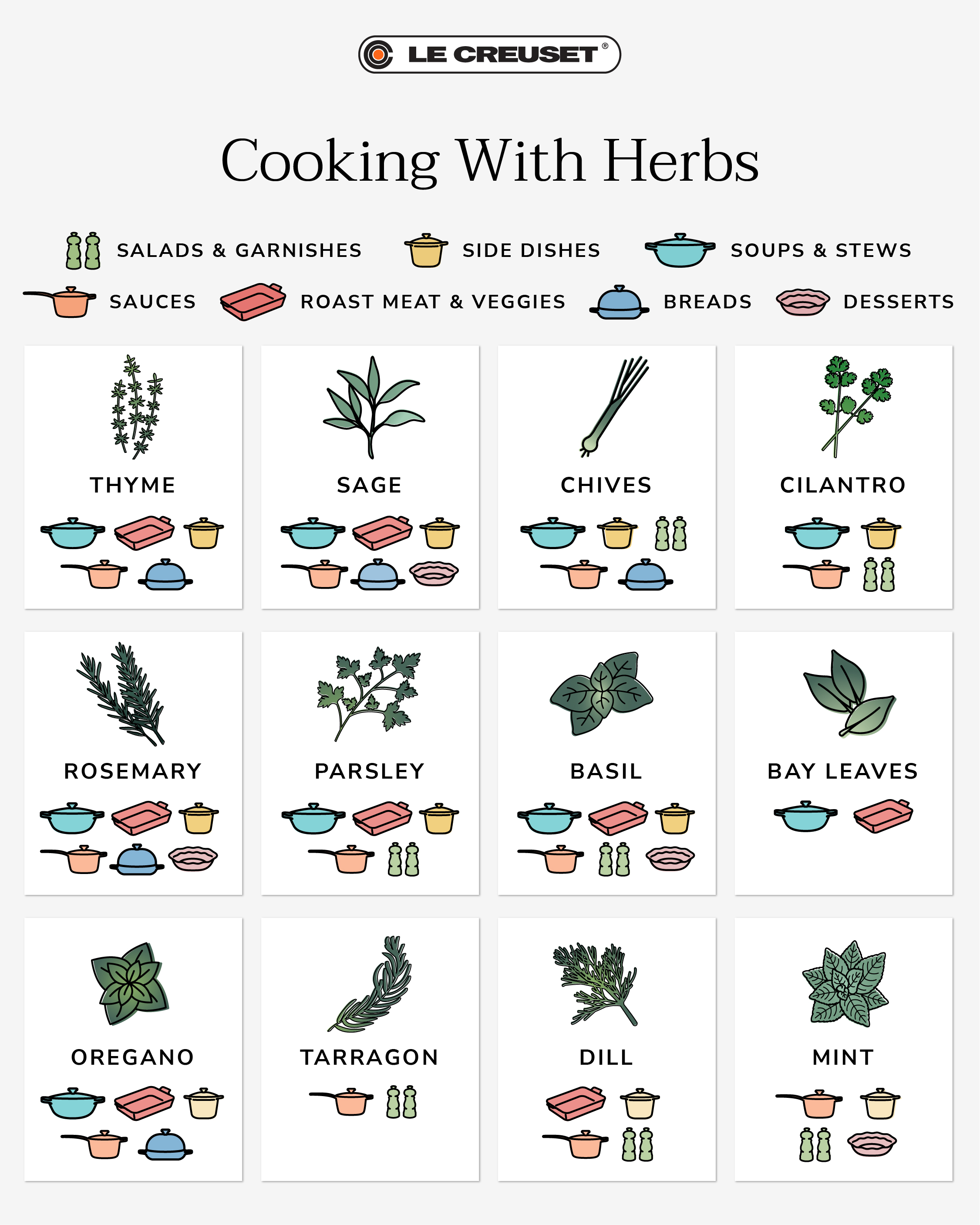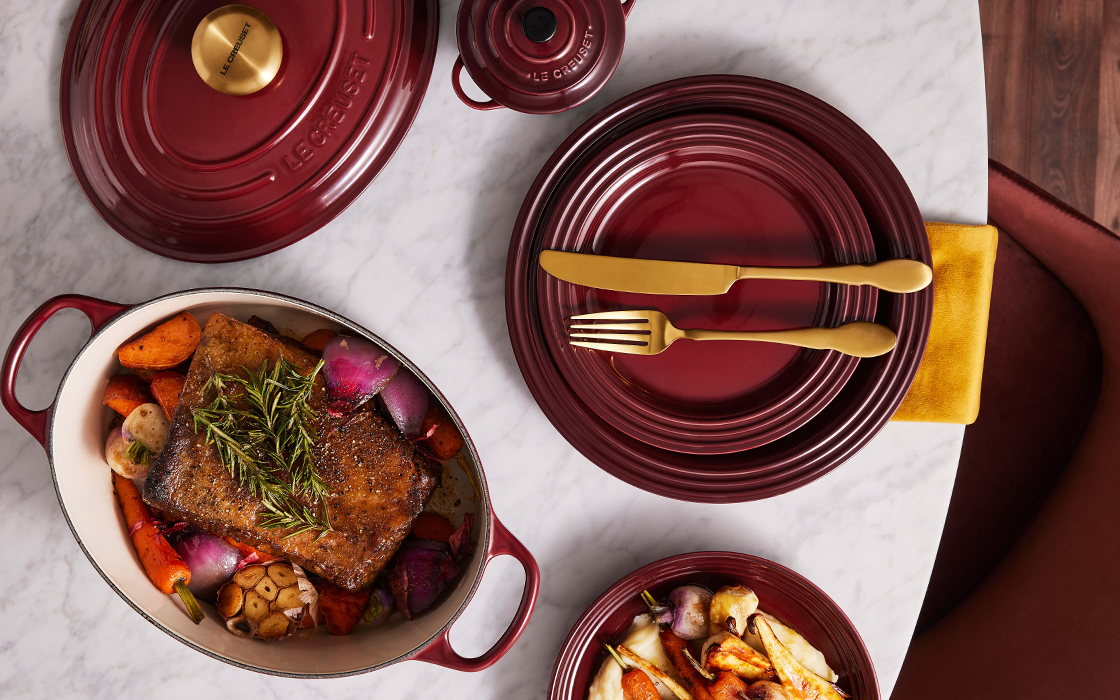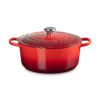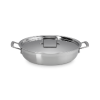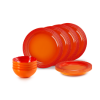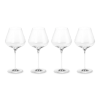Culinary herbs are valued as an integral recipe component in food cultures across the globe. Harvested from the leaves of plants, fresh herbs add vibrant colour and flavour to every course on your menu from appetisers to dessert, while high-quality dried herbs are a year-round pantry ingredient to add complexity and depth to your dishes. Whether alone or in combination with other players, these fragrant additions bring robust flavor and dimension to food. Wondering how to cook with herbs and which ones to use? Here are some of our favorite tips and techniques to incorporate both fresh and dried herbs into every recipe.

Stock your Kitchen with Fresh and Dried Herbs
There’s a place for both fresh and dried herbs in a well-stocked kitchen. Easy to grow on a window sill, fresh herbs are ideal for garnishes, salsas, salads and fruit dishes – while dried herbs are useful to have on hand for slow cooked sauces, roasted root vegetables and hearty cuts of meat. Leafy, delicate herbs like basil are best used within a few days of cutting while hearty rosemary or thyme can last a couple of weeks in the fridge. Dried herbs do last longer in the pantry but we recommend purchasing small amounts as they need to be used within 6 months for maximum flavour.
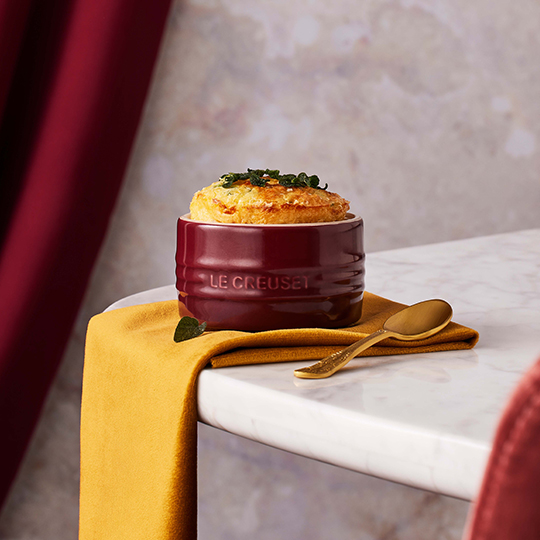
Garnish with Fresh Herbs
The simplest way to use green herbs is as a fresh garnish to a finished dish. Herbs add a bright, grassy flavour to a final dish as well as an inviting pop of colour to everything from appetisers to dessert. Delicate leafy greens that shine when used like this include basil, mint, parsley, dill and tarragon. Pull the leaves off of the stems, and then give the leaves a rough chop with a sharp knife to release the bright flavours. And if you’re looking for a little crunch? Try frying sage leaves in oil to add to soup or pastas for an elevated garnish that does double duty by infusing the oil with earthy flavour.
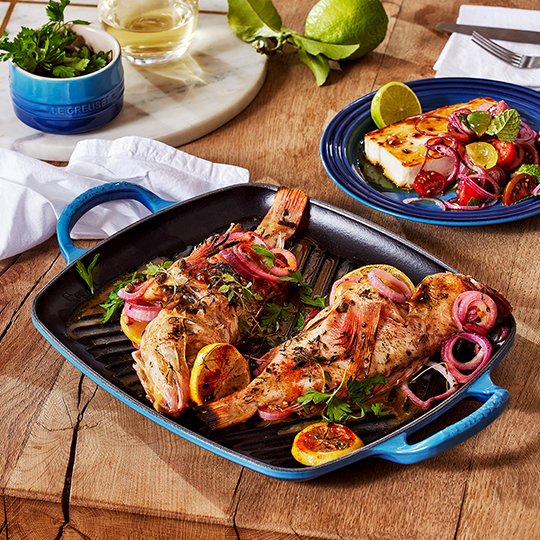
Simmer with Whole Herbs
Hearty herbs like rosemary, thyme and bay leaves can be tossed whole, both leaves and stems, into soups, stews and braises. With a long cook time, all the flavour is pulled out during cooking and the woody stems can be plucked out whole at the end. Most soup and stew recipes call for bay, whose tough leaves can only be used in this way. Bay leaves are also included in a bouquet garni which a staple of French cooking. Traditionally composed of parsley, thyme and bay leaves, and sometimes including sage or rosemary, the herb mixture is bundled with twine before adding to the cooking liquid, adding a rich depth of flavour to soups, stews, braises and simmered sauces.
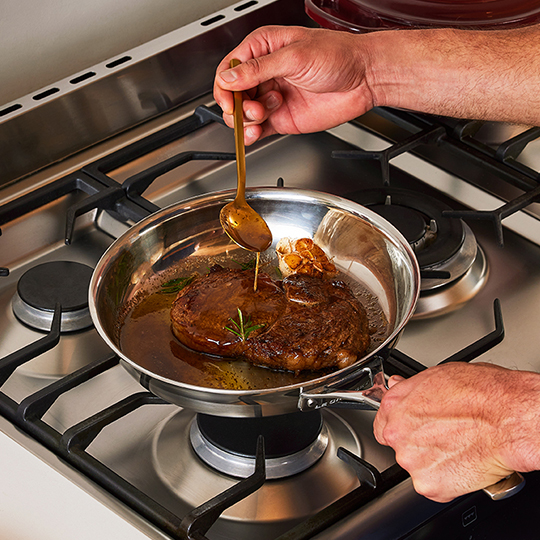
Use Herbs in Sauces
Sauces are a delicious way to utilize an abundance of fresh herbs in the kitchen, adding flavour to cooked meats, vegetables, eggs and pasta. Green sauces, consisting primarily of finely chopped or pounded basil, mint, parsley, and oregano, are always great to have on hand. There is a wide variation of these sauces including pesto, gremolata, chimichurri and picada. Chunky fruit and vegetables salsas laced with chopped parsley work equally well as a dip with chips or as a garnish to cooked fish. And by adding minced greens to sour cream or yoghurt, you can add a tangy and colourful contrast to rich dishes with extra herbal flavour.
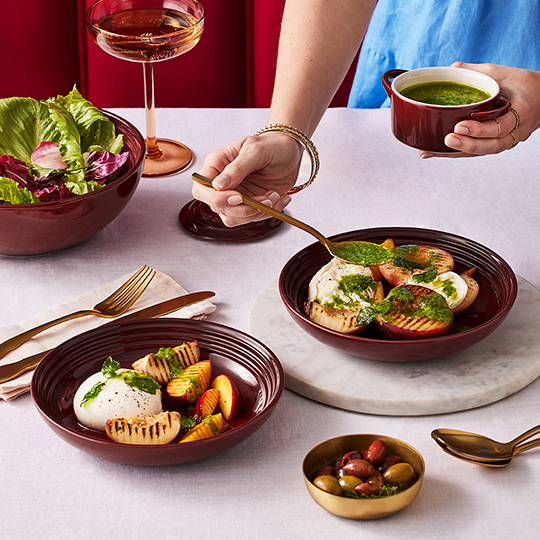
Start with Classic Herb Pairings
If you’re new to using herbs in the kitchen, classic pairings are a great way to get started. Perhaps the most well-known is tomato and basil – paired in soup, caprese salad, pizza and more, this combination is an iconic example of two ingredients that bring out the best in each other, whether using dried or fresh. Lamb and mint are typically served together, and while mint jelly may be what immediately comes to mind, a fresh mint gremolata is an updated choice to pair with a roasted leg of lamb. Rosemary and lemon is so popular that not only can you find it in the kitchen but also as a fragrant addition to soaps and other toiletries.
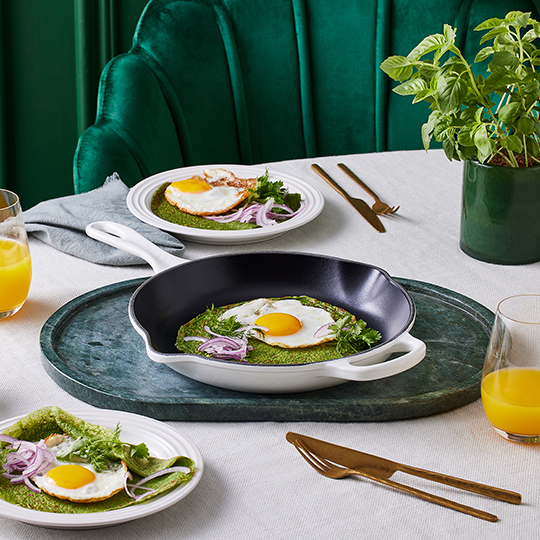
Get Creative with Herbs
Once you feel well versed in the typical uses for cooking with herbs in the kitchen, get creative with using herbs in new ways such as in desserts, breads and more. Since herbs are typically thought of as savory additions, it can be surprising to find they add nuanced flavour to sweet recipes as well. Hearty, fall herbs like rosemary, sage and thyme add earthy balance to pies, cakes and even brownies. Lighter herbs like basil and mint bring an herbal complement to fresh fruit desserts. If you are looking to incorporate herbs into bread baking, quick breads are particularly receptive to more robust herb flavours. And for a unique garnish on cakes or pies, try adding a sweet crunch by candying herbs.
Herb Preparation Guide
Whether you are growing your own or grabbing a freshly picked bunch at the market, cooking with herbs means understanding the subtle nuances in flavour and best ways to pair these valued kitchen ingredients. Check out this handy chart for inspiration on the many different ways herbs can be used in recipes.
